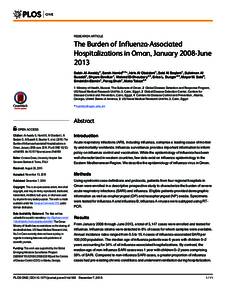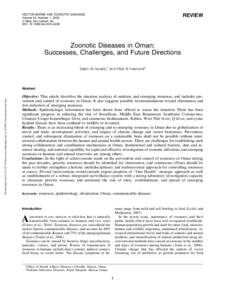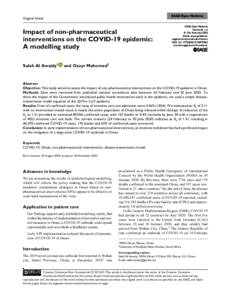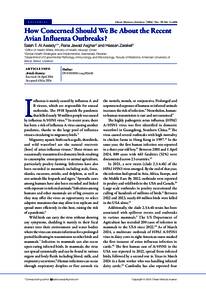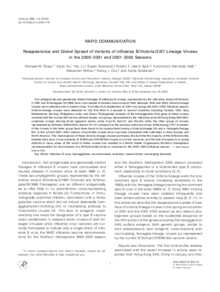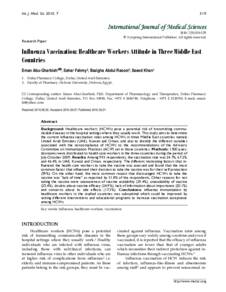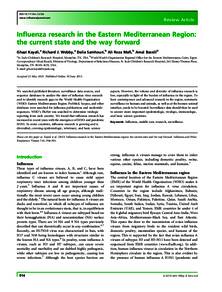Document
The Burden of influenza-associated hospitalizations in Oman, January 2008-June 2013.
Identifier
DOI: 10.1371/journal.pone.0144186
Contributors
Hamid, Sarah., Author
Al-Obaidani, Idris., Author
Al-Baqlani, Said., Author
Al-Busaidi, Suleiman., Author
Bawikar, Shyam., Author
El-Shoubary, Waleed., Author
Dueger, Erica L., Author
Said, Mayar M., Author
Elamin, Emdeldin., Author
Shah, Parag., Author
Talaat, Maha., Author
Publisher
Public Library of Science.
Gregorian
2015-12
Language
English
English abstract
Introduction Acute respiratory infections (ARI), including influenza, comprise a leading cause of morbidity and mortality worldwide. Influenza surveillance provides important information to inform policy on influenza control and vaccination. While the epidemiology of influenza has been well characterized in western countries, few data exist on influenza epidemiology in the Eastern Mediterranean Region. We describe the epidemiology of influenza virus in Oman. Methods Using syndromic case definitions and protocols, patients from four regional hospitals in Oman were enrolled in a descriptive prospective study to characterize the burden of severe acute respiratory infections (SARI) and influenza. Eligible patients provided demographic information as well as oropharyngeal (OP) and nasopharyngeal (NP) swabs. Specimens were tested for influenza A and influenza B; influenza A viruses were subtyped using RTPCR. Results From January 2008 through June 2013, a total of 5,147 cases were enrolled and tested for influenza. Influenza strains were detected in 8% of cases for whom samples were available. Annual incidence rates ranged from 0.5 to 15.4 cases of influenza-associated SARI per 100,000 population. The median age of influenza patients was 6 years with children 0-2 years accounting for 34% of all influenza-associated hospitalizations. By contrast, the median age of non-influenza SARI cases was 1 year with children 0-2 years comprising 59% of SARI. Compared to non-influenza SARI cases, a greater proportion of influenza cases had pre-existing chronic conditions and underwent ventilation during hospitalization. Conclusions Influenza virus is associated with a substantial proportion of SARI in Oman. Influenza in Oman approximately follows northern hemisphere seasonality, with major peaks in October to December and a lesser peak around April. The burden of influenza was greatest in children and the elderly. Future efforts should examine the burden of influenza in other potential risk groups such as pregnant women to inform interventions including targeted vaccination.
Member of
ISSN
1932-6203
Resource URL
Category
Journal articles

